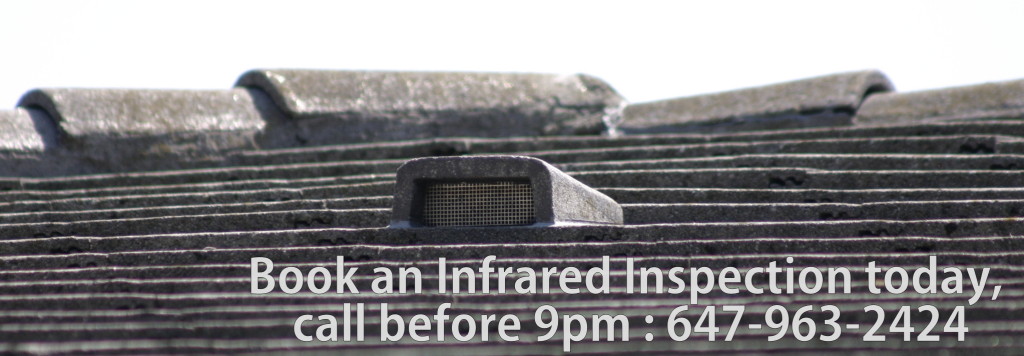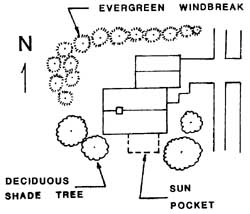Good landscaping practices and how can it save money on heating and cooling cost?
Jul 16 2014 · 0 comments · LandscapingGood landscaping practices will not only give the house great curb appeal but will also help warm the house during the cold winter and cool it during the hot summers.
What not to do
Lets start with what not to do when it comes to landscaping. Generally speaking, it is not a good idea to have any vegetation right up against the house foundation. There are several reasons for this. Vegetation holds moisture against the foundation and depending on the building material found at the foundation we can get a variety of problems. A common building material is cement. Poured cement, cement blocks, and bricks, wood or metal siding just above the foundation. With moisture retained at the foundation, it accelerates the break down of these building materials through spalling, efflorescence on the foundation and enlargement of cracks in the foundation through weathering and ice expansions as moisture gets into the cracks, freezes and expands the cracks. If wood material is used, the wood rots faster. If metal material is used, rust take place. In addition, the vegetation promotes all sorts of pests and insects you do not want around your house. It is best to just keep the foundation clear of any vegetation.
Another reason to avoid vegetation around the foundation are the roots of plants, particularly perennial weeds and trees. Most tree roots are found within the first 2 feet of topsoil. However, during the dry periods, if there is moisture below 2 feet, the tree roots will seek out that moisture. A source of moisture around the foundation comes from the perimeter drains or weeping tiles. Older houses with mature trees are subject to root damage. Furthermore, the roots will get into the cracks of the foundation and heave the foundation from the side and under the foundation footing.
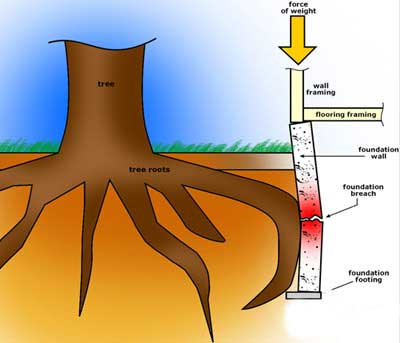
Diagram showing how tree roots can heave against the foundation wall and push under foundation footings.
Also, avoid growing vines on the side of the house. Find out why in my other article about how to inspect landscaping when buying a house.
In general, it is good practice to keep the area found the house foundation clear of vegetation and dry. Gravel provides good drainage sloping away from the house foundation at 1 inch per foot. If water pools around the foundation, the house will have problems.
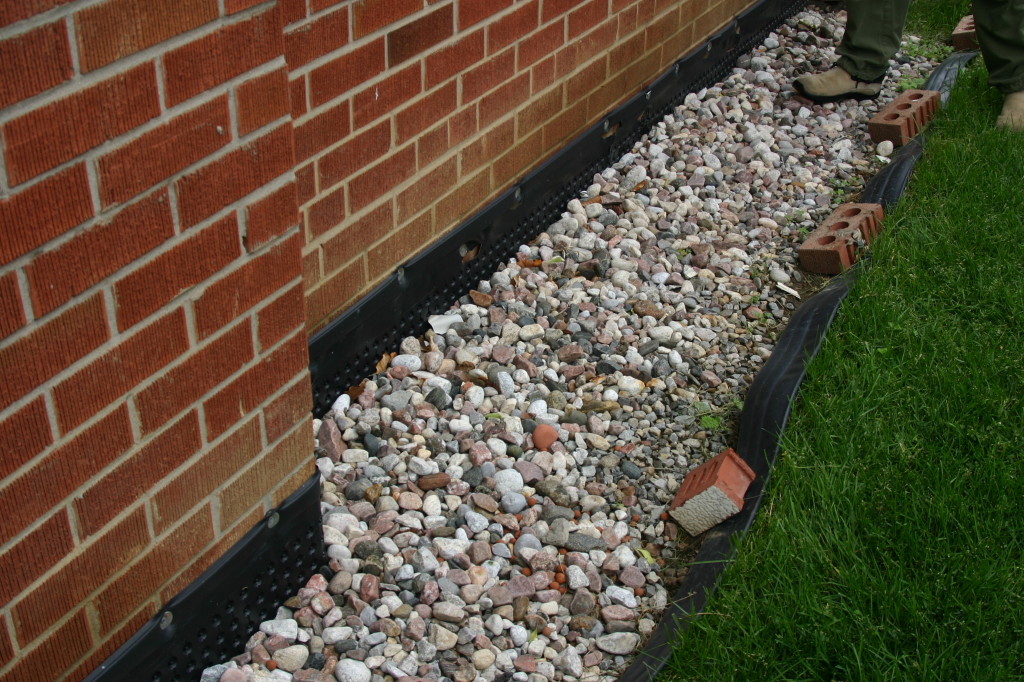
Good example of keeping vegetation away from the foundation of the house. Clean gravel, proper drainage, no tree roots, nice and dry.
How landscaping can save on heating and cooling costs
The sun drives the energy on the surface of our planet, so we have to be mindful of its position throughout the day and at different seasons. So with this in mind it comes down to what types of plants we use and where we should plant them. We want large shade providing trees that loose the leaves in the winter time to be planted on the south west side of the house. For example, a mature maple tree provides lots of shade against the hottest period of the day – the sun from the south west direction, the hot afternoons between 1 pm and 5 pm. During the summer the leaves provide a lot of shade and therefore help cool the house as a big shadow is cast to the side of the house. During the winter, the leaves fall off allowing the sun warmth to shine through and onto the house and thus warming the house. So in other words you want deciduous trees planted along the south west direction of the house.
Along the north west side of the house, evergreens, trees with needles that are kept during the winter, should be planted to block the prevailing cold northwest winds during the winter.
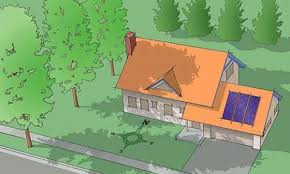
These diagrams help illustrate the points mentioned in the above paragraph. Plant the correct types of trees in the correct places to provide shade in summer and warmth in winter.
So plant trees around the house to save on heating and cooling cost and remember tree roots seek moisture so keep the area around the house foundation draining properly away from the house and dry.
